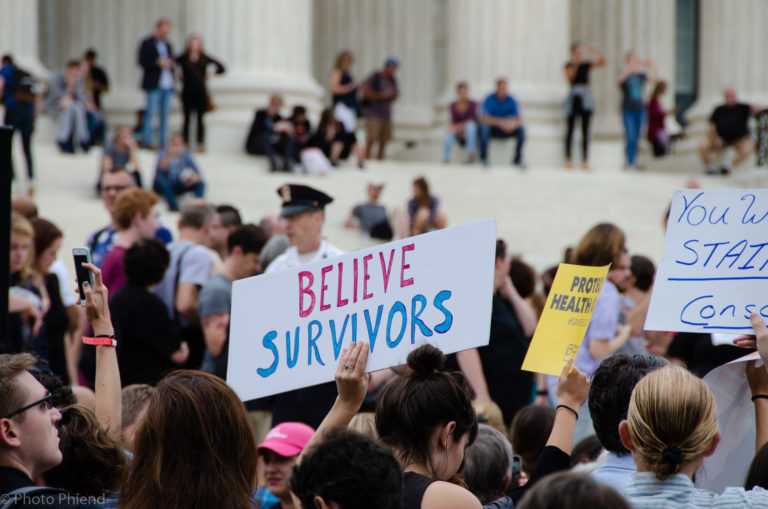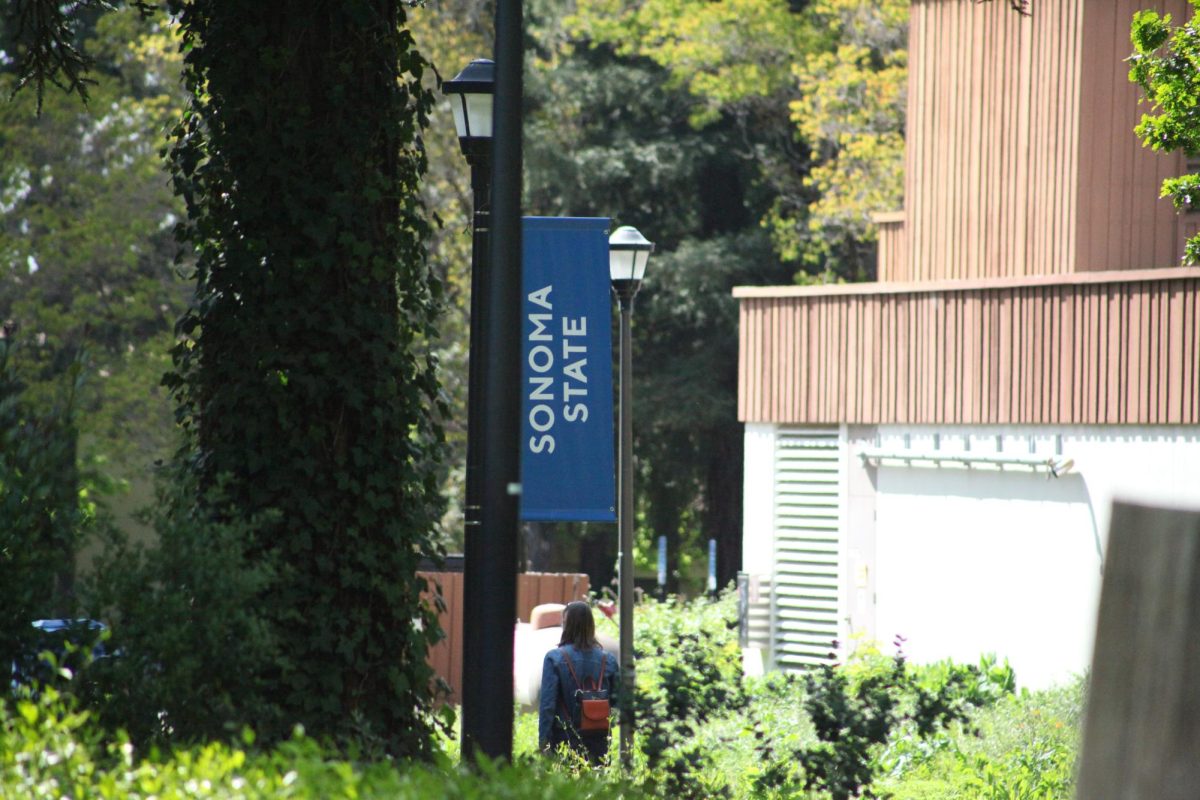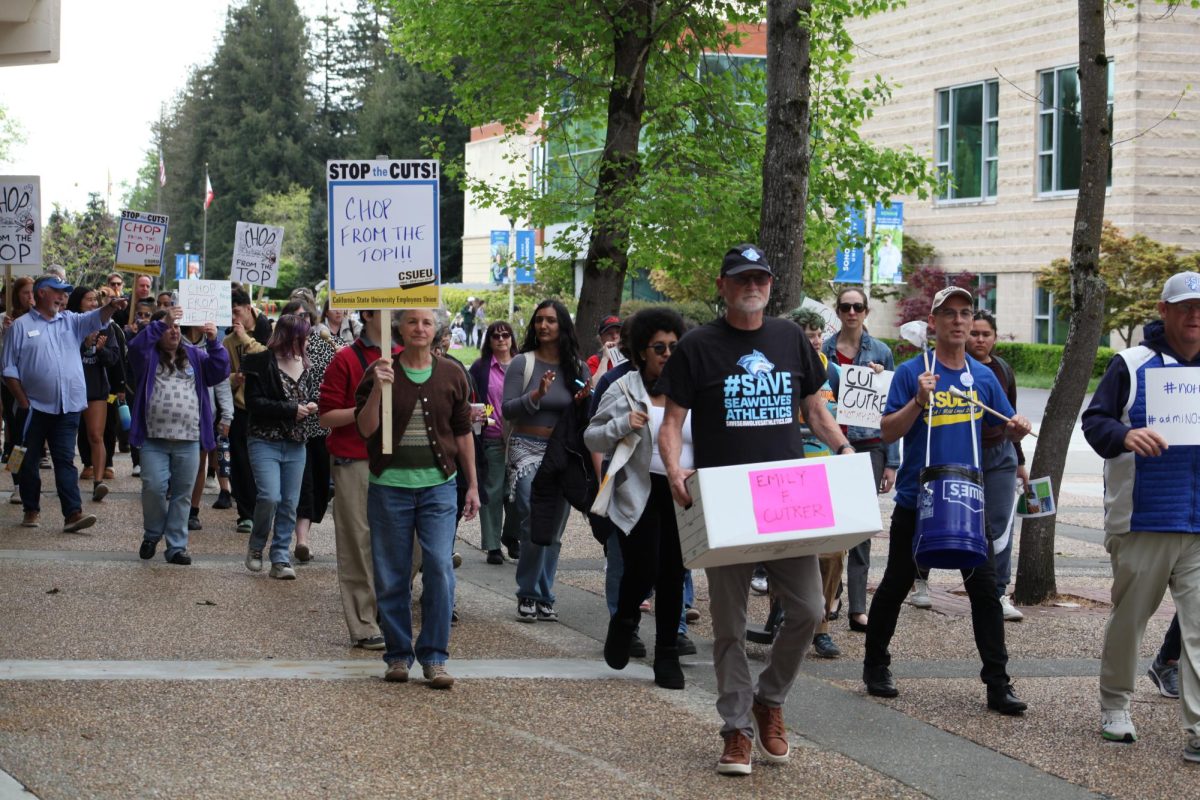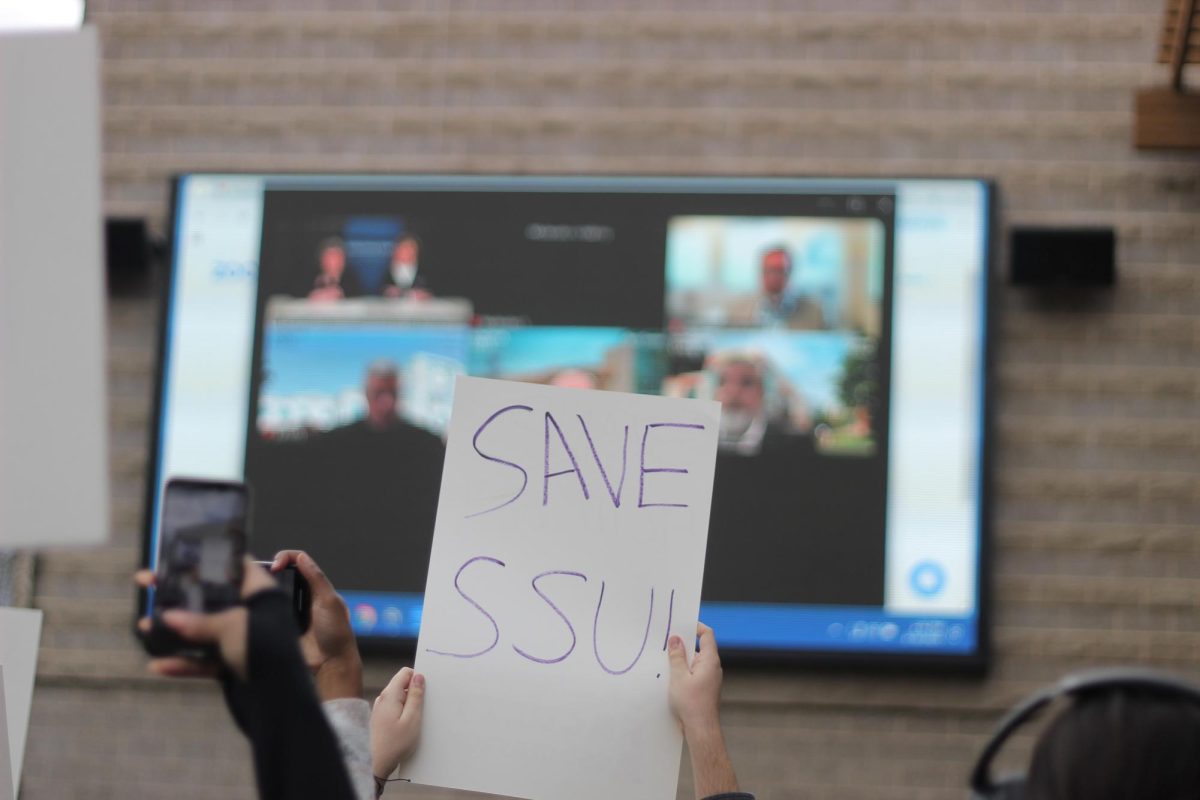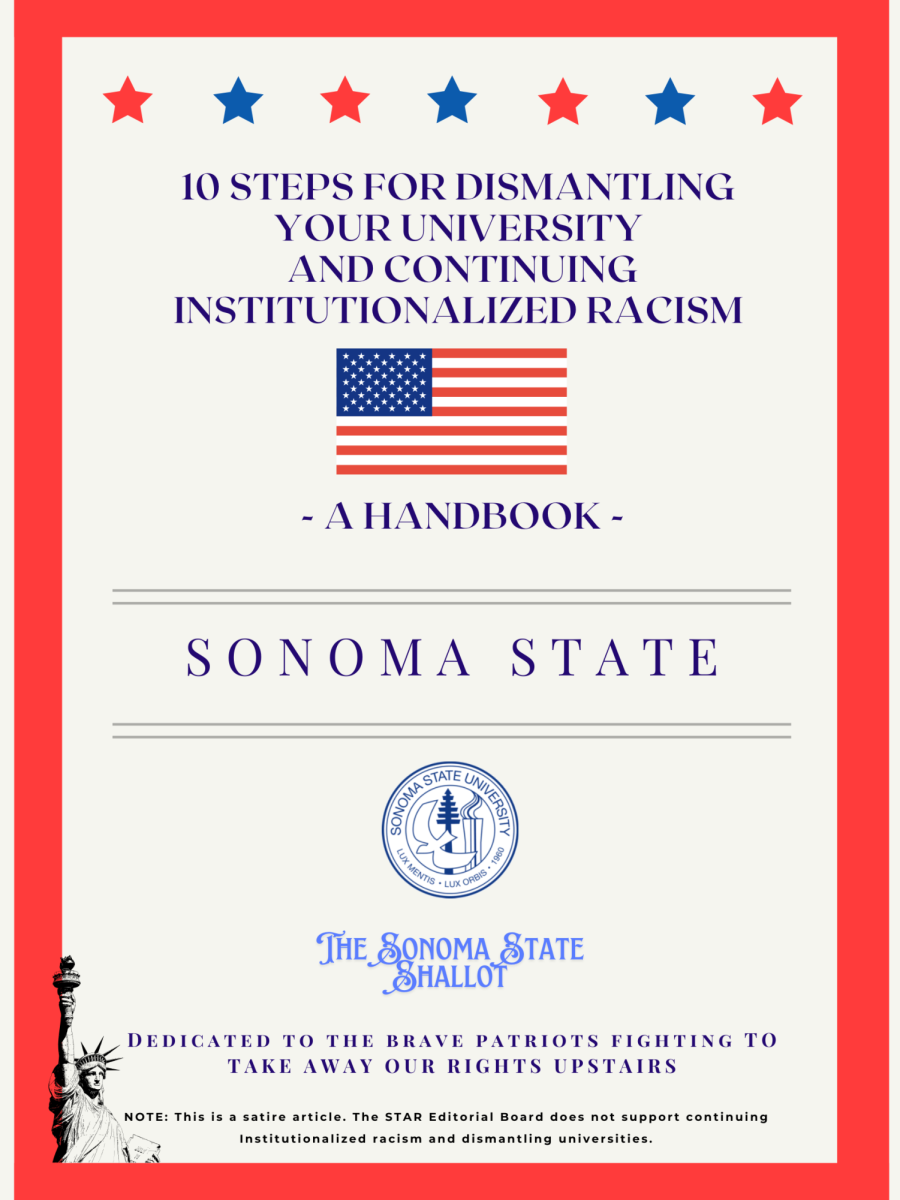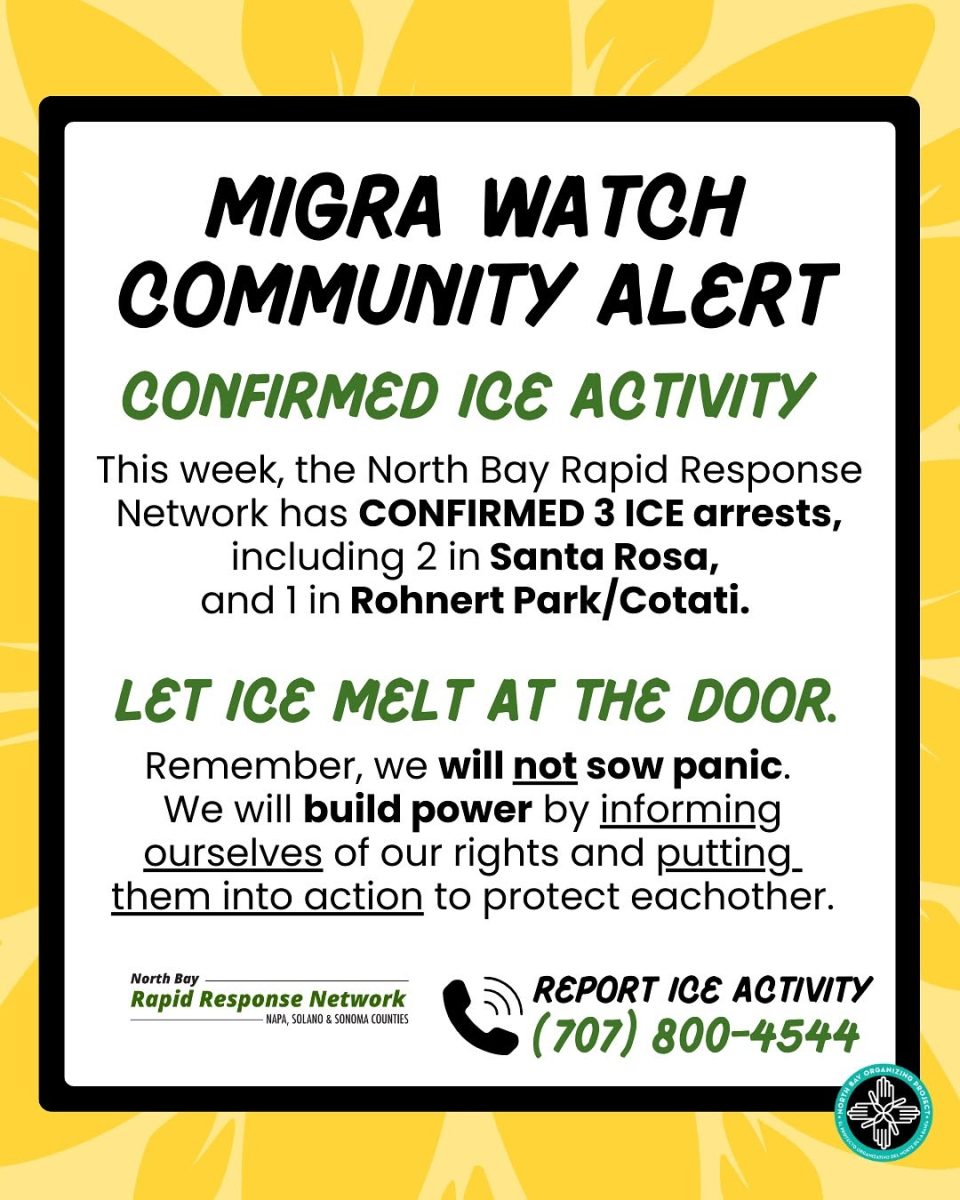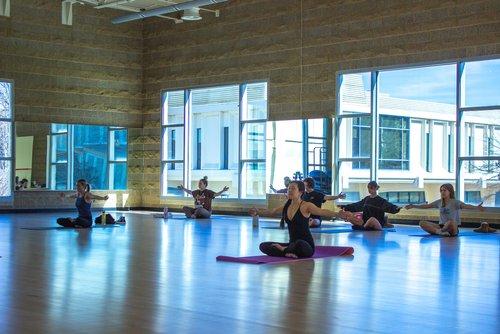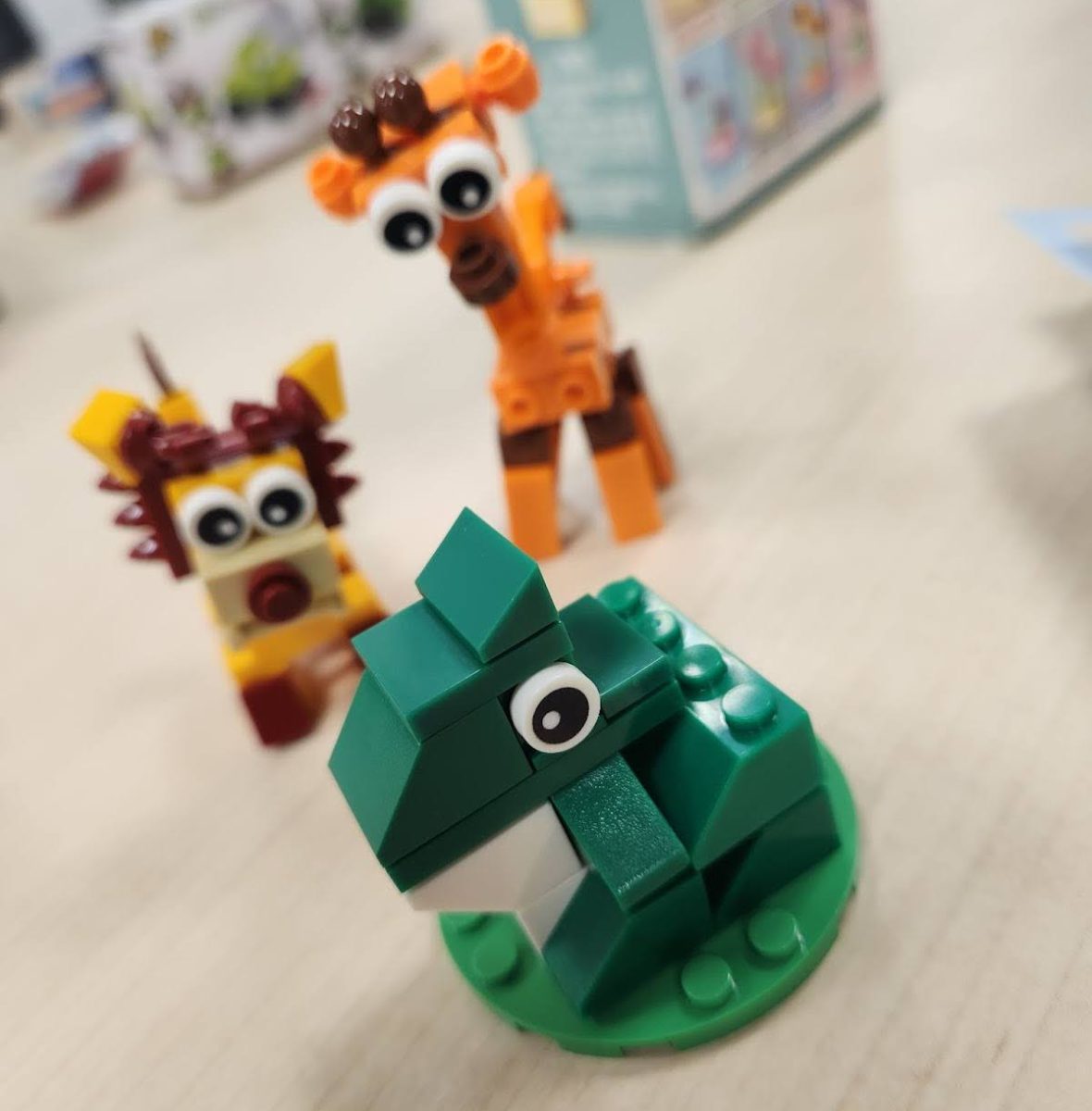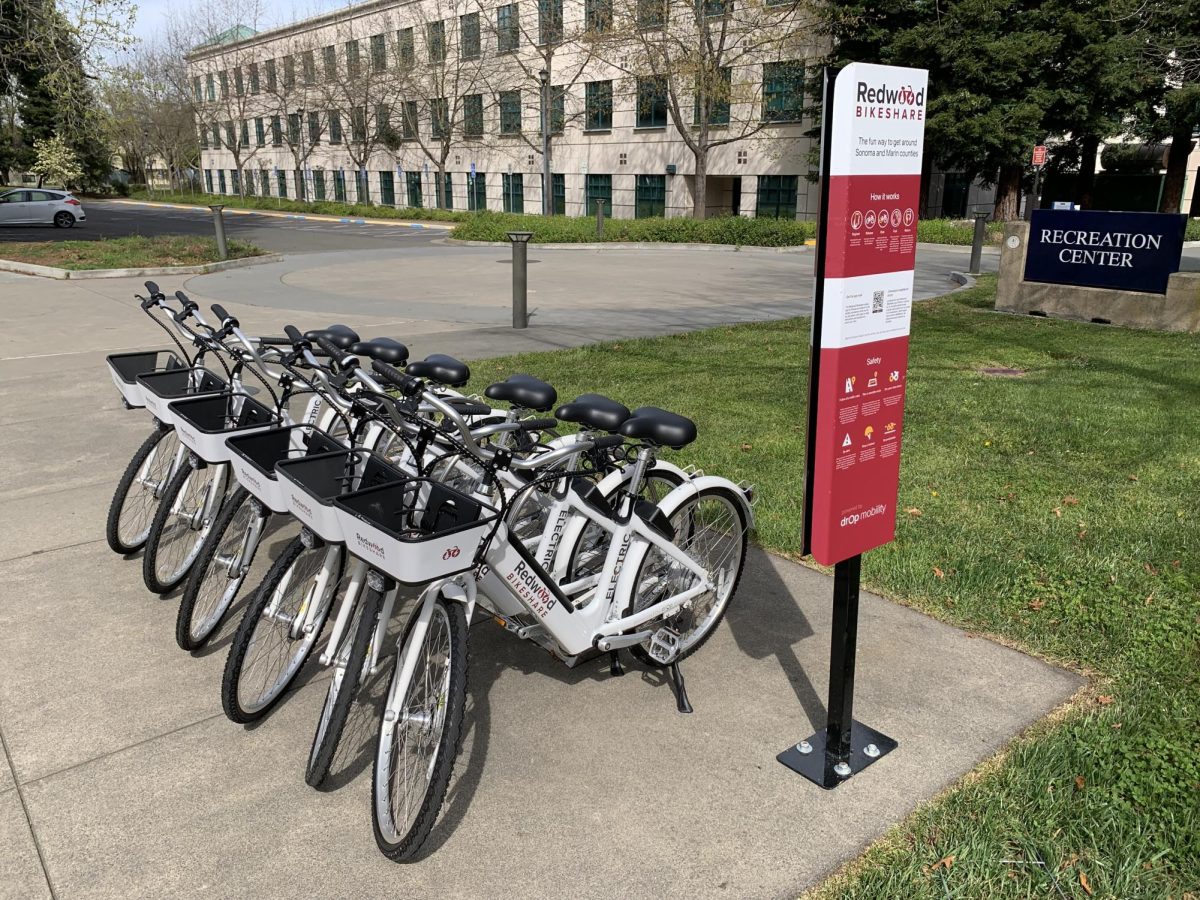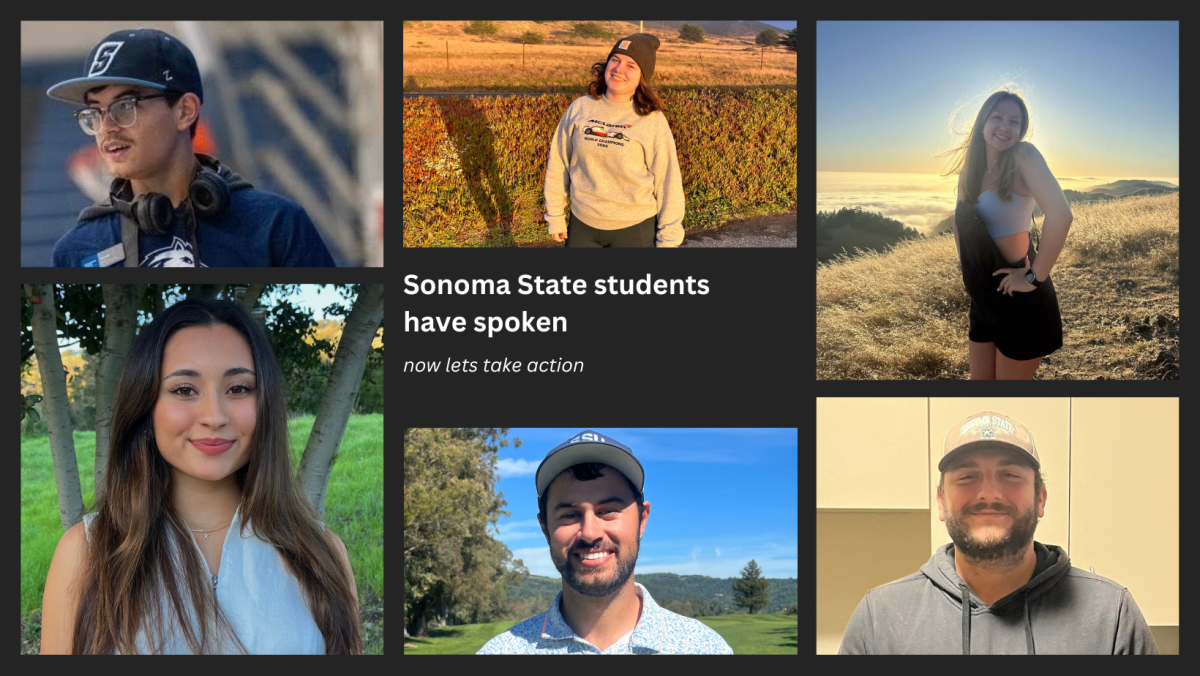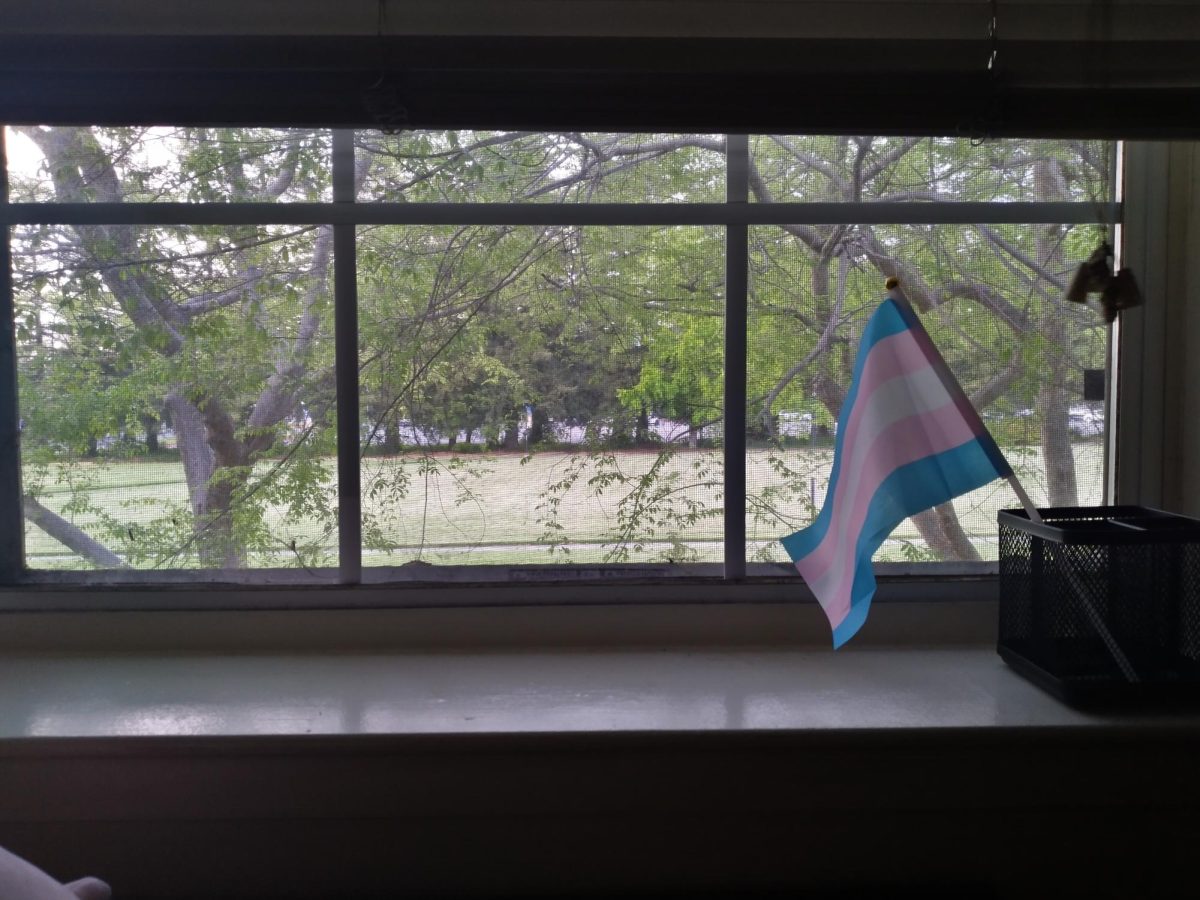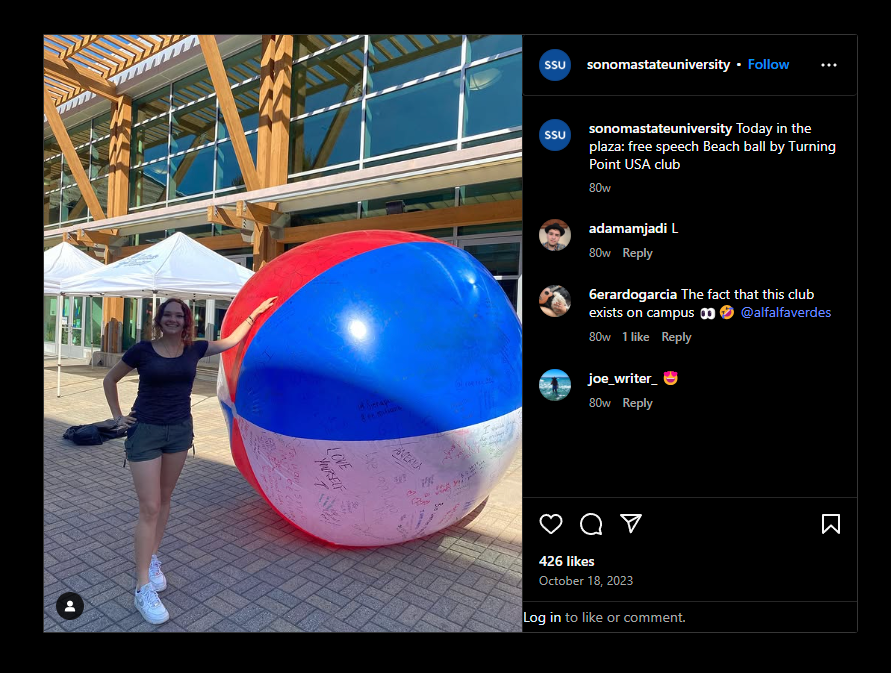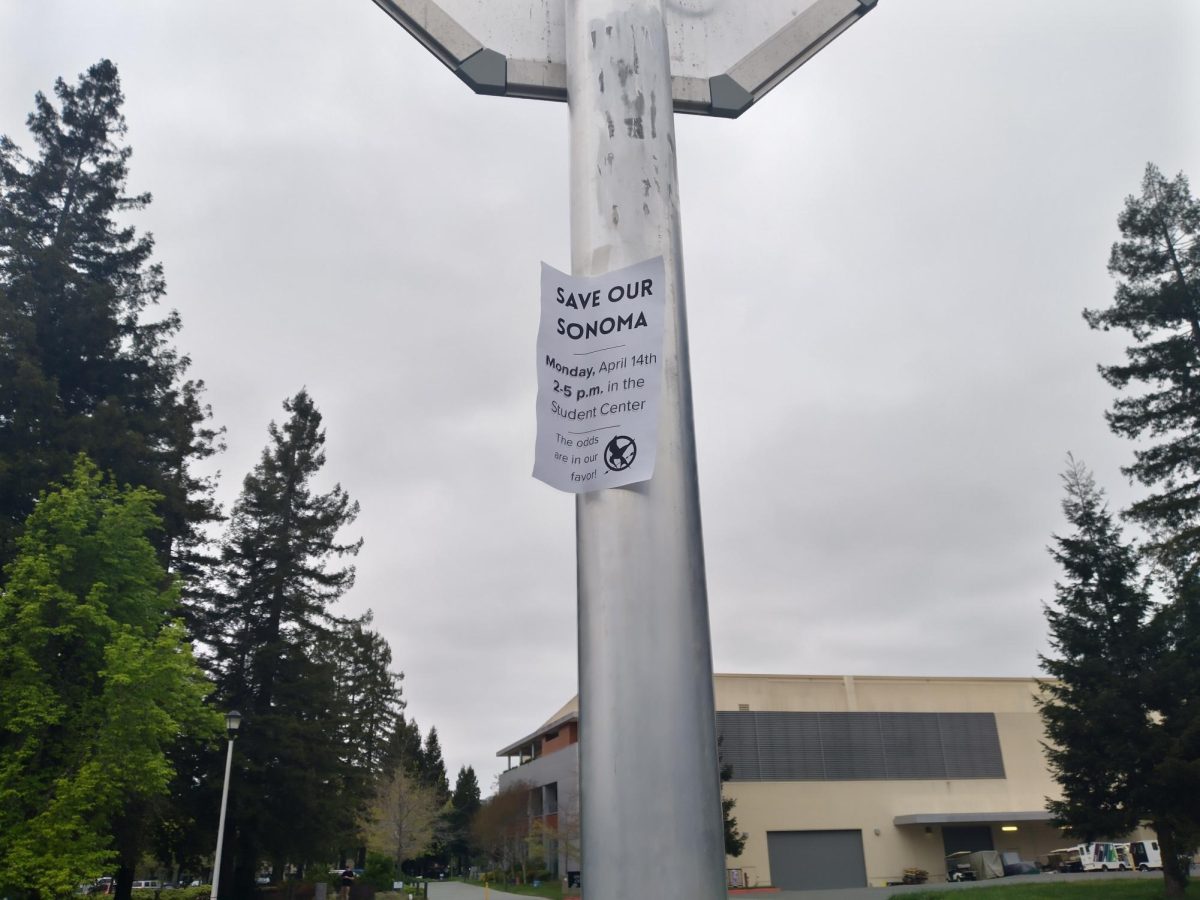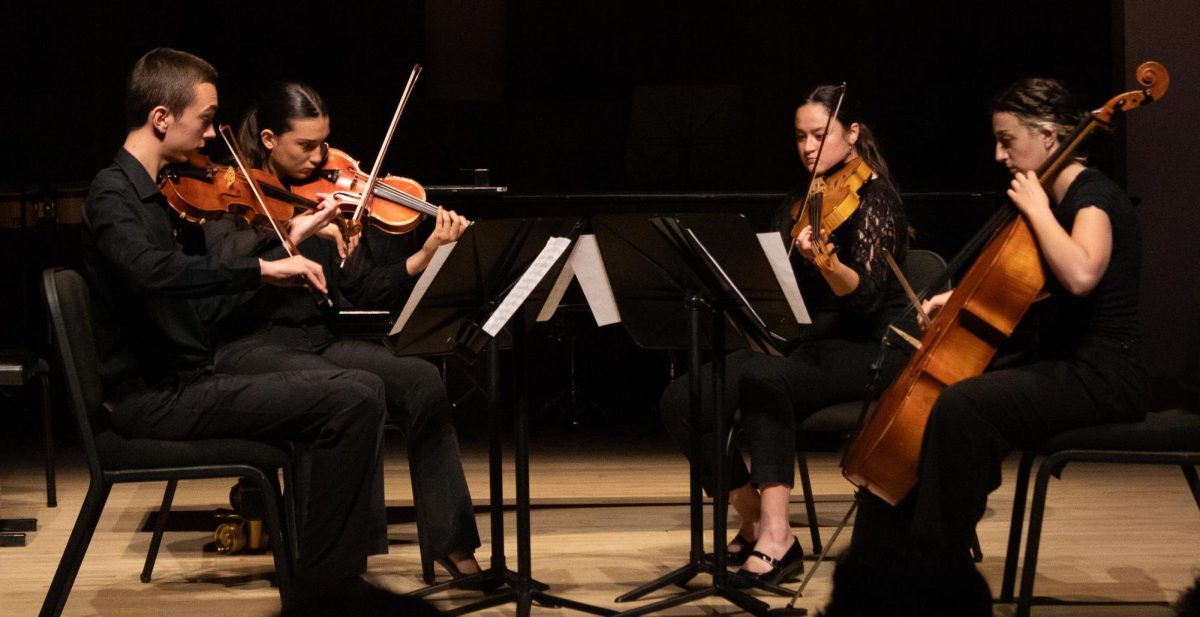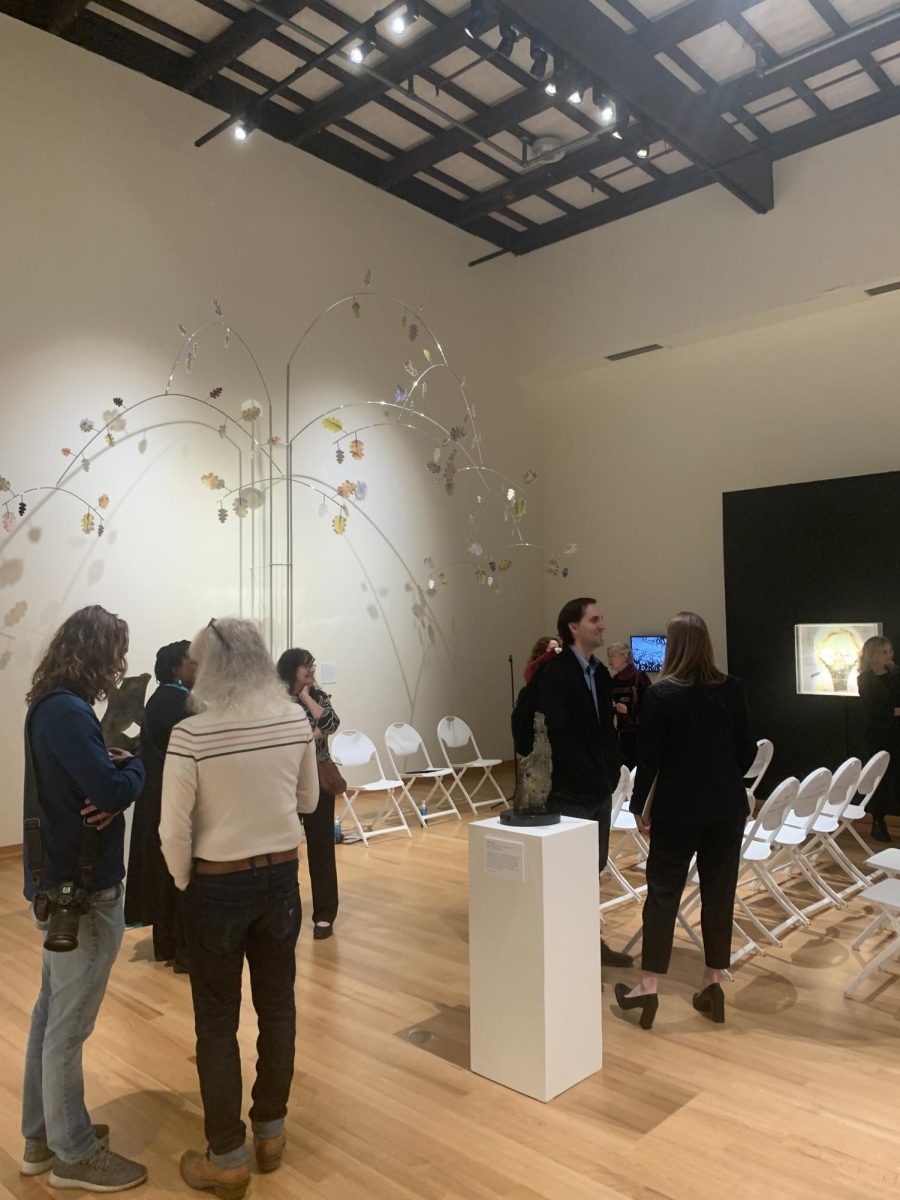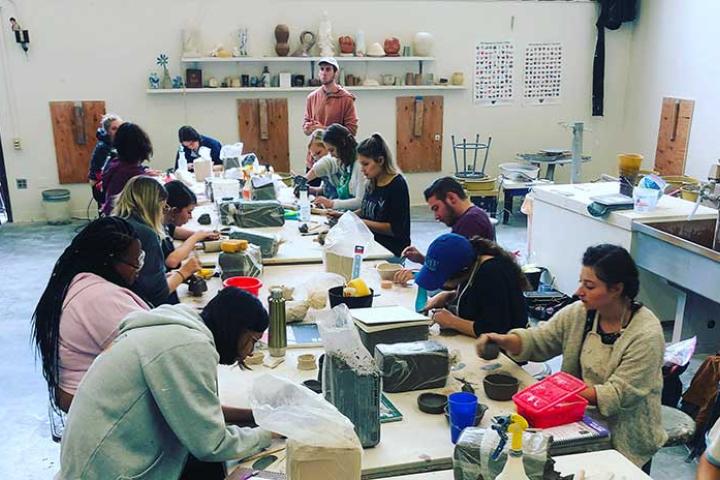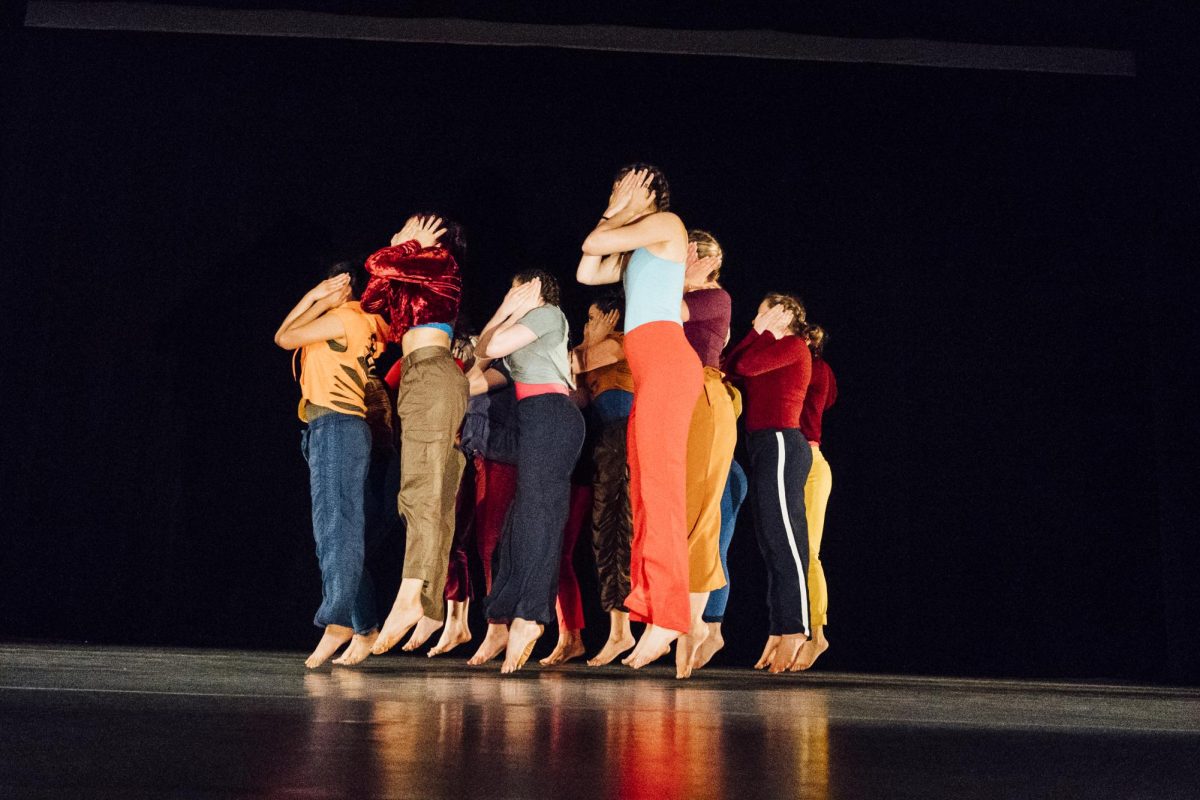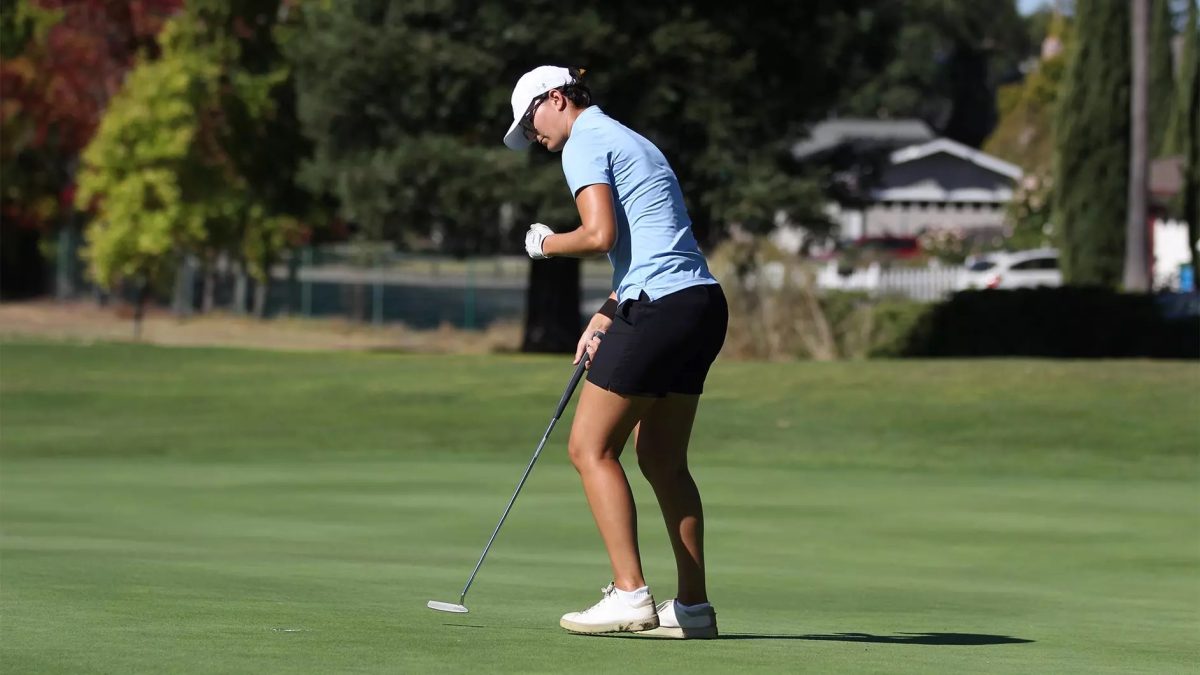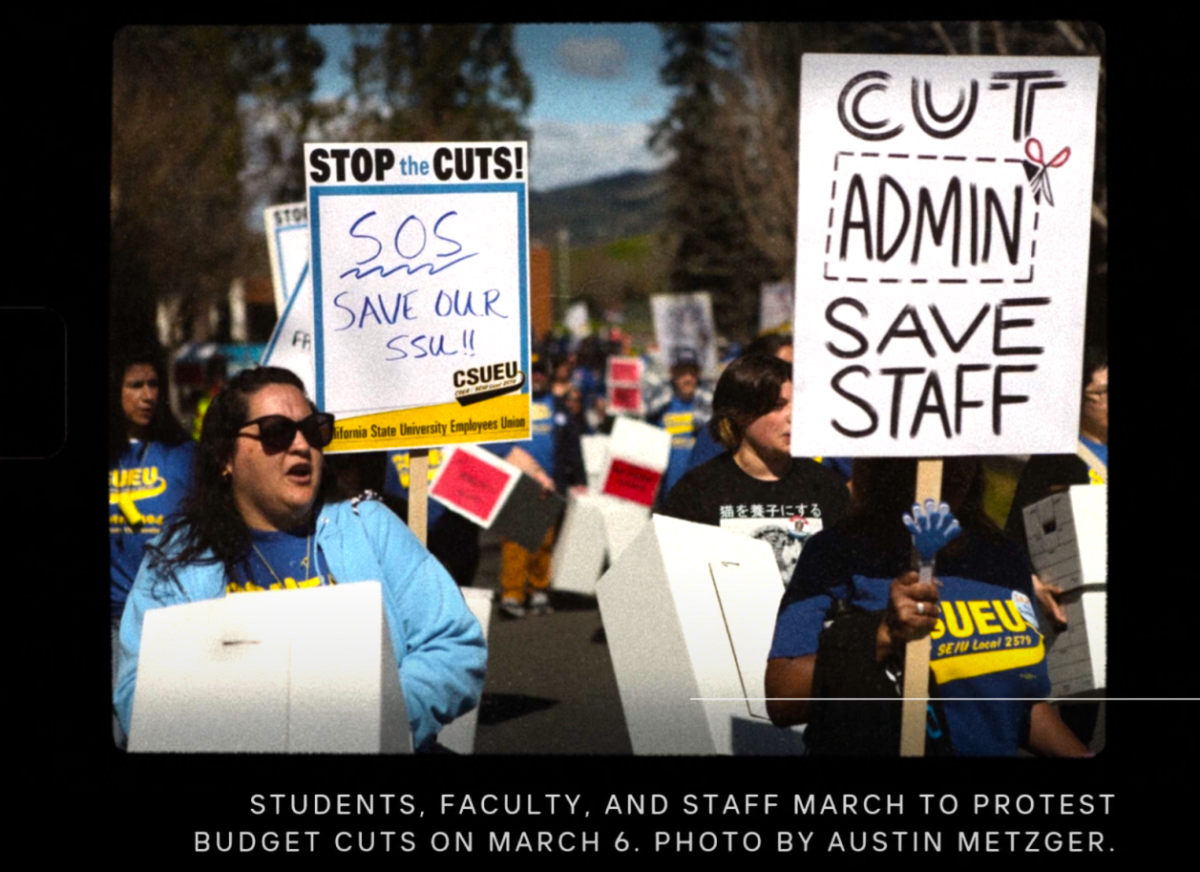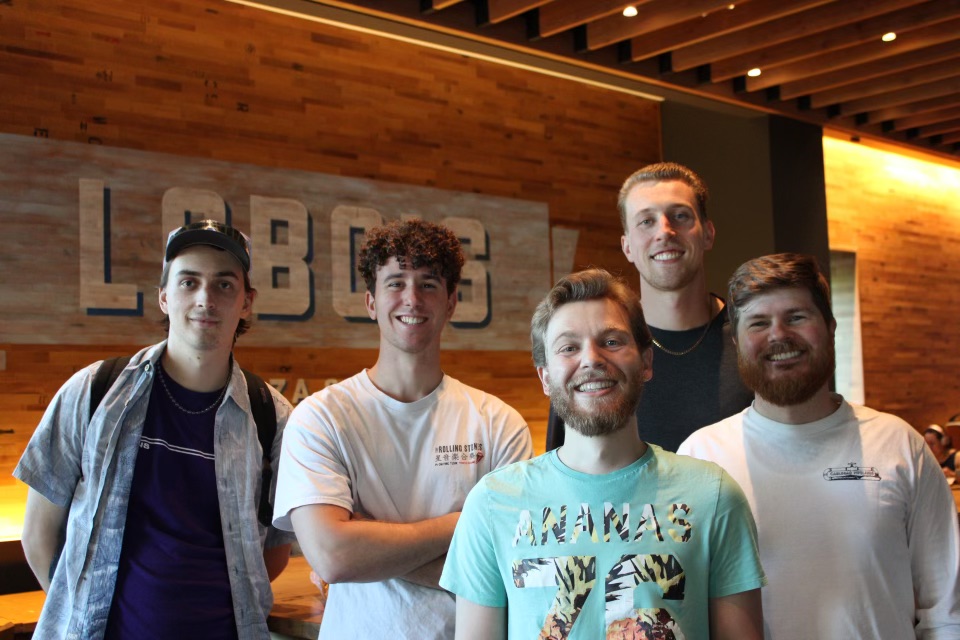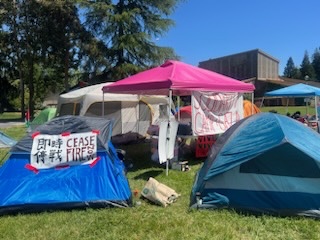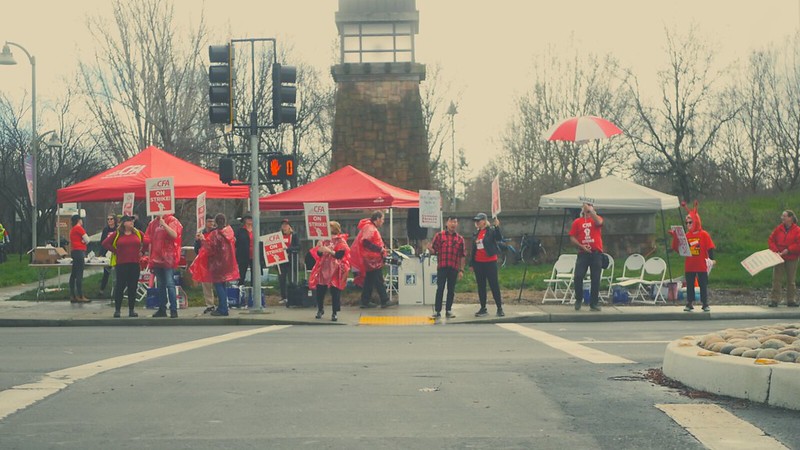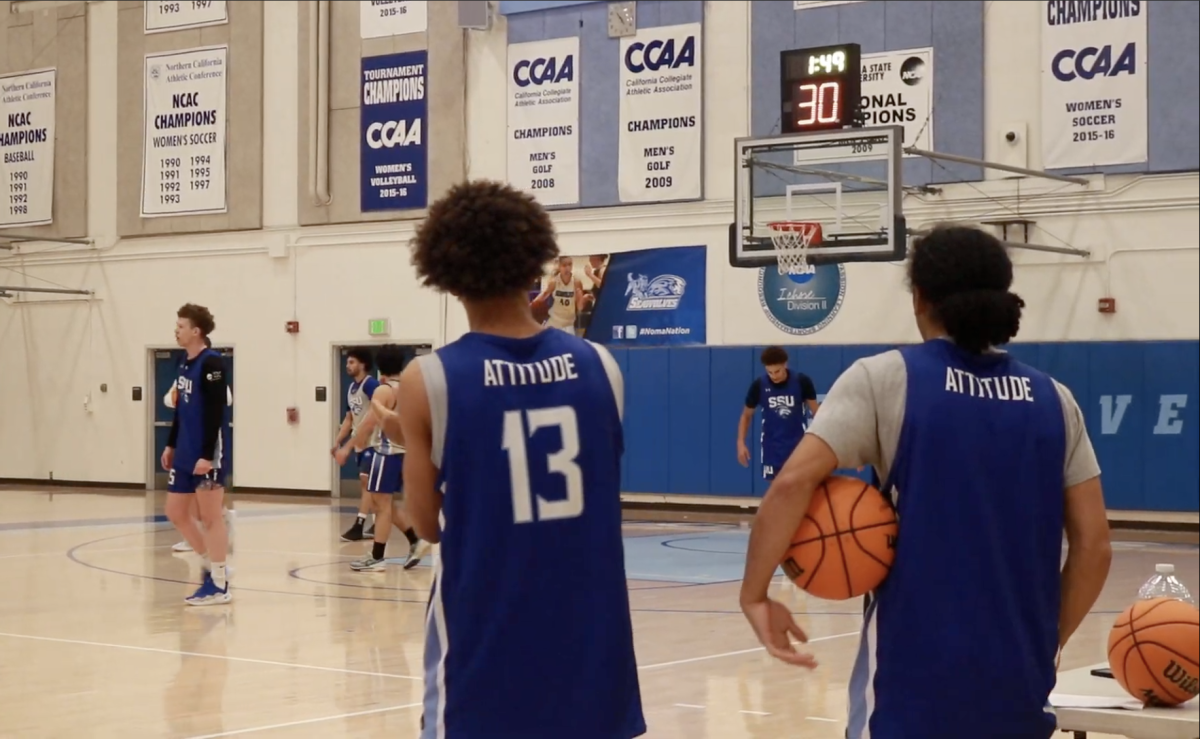It’s not often students have direct control over how their student fees are spent, or how much they pay. However, this rare instance will fall into the hands of students March 9 through March 11, via their Seawolf emails, when a student referendum will be held to vote on a proposed Associated Students fee increase.
The increase is projected to be minimal – a $3 increase each year, to a total of $12 over four years – but significant. Raising the current fee from $99 per semester, over the course of four years to $111 will provide Associated Students more funding to support Sonoma State’s expanding student body.
Associated Students funds a number of on-campus projects such as Associated Students Productions, Join Us Making Progress, Center for Student Involvement and Service, the Tutorial Center, the Children’s School and grants for student-run clubs.
These services are stretched thin by the demand a growing student body brings. One such resource that’s pressed for means: both funding and number of staff, is the Tutorial Center. The Tutorial Center is free to Sonoma State students, as its funding is supported by student fees, making it an excellent resource for students seeking support in academics.
However due to the influx of students matched with a shortage of finance, the Tutorial Center is unable to hire more student tutors to meet the demand for student academic support. The fee increase would result in a larger budget for programs like the Tutorial Center, and other on-campus resources.
“This is actually the second referendum concerning the Tutorial Center,” said Associated Students Involvement Senator Cary Yballa. “The last one gave the center $3 per student, and was passed by students. This referendum makes sure the last is improved upon. It is for functions such as the Tutorial Center that students vote in favor of the fee increase. It’s a program that really helps keep students in school.”
An increase in student fees is often the catalyst for controversy within a university, but this sum is one that is directly implemented toward student needs and resources.
This increase would be funded by student dollars, and the same students may communicate with Associated Student senators to reach a consensus of funding allocation; and this transparency could be the deciding factor for many students.
“It’s really important to know what you’re paying for, at any school,” said environmental studies and planning senior Sarina Healey. “In the future when you’re paying for your own house or bills, you’ll want to know that breakdown of how much you’re using, so this is kind of an entryway to financing and budgeting the resources you’re using.”
There are several information sessions students may attend leading up to the election so that students are equipped to make an informed vote.
The next session is Monday, from 2:30-3:30 p.m. on the second floor of the Student Center.
Additional information and details for information sessions are on the Associated Students website.

